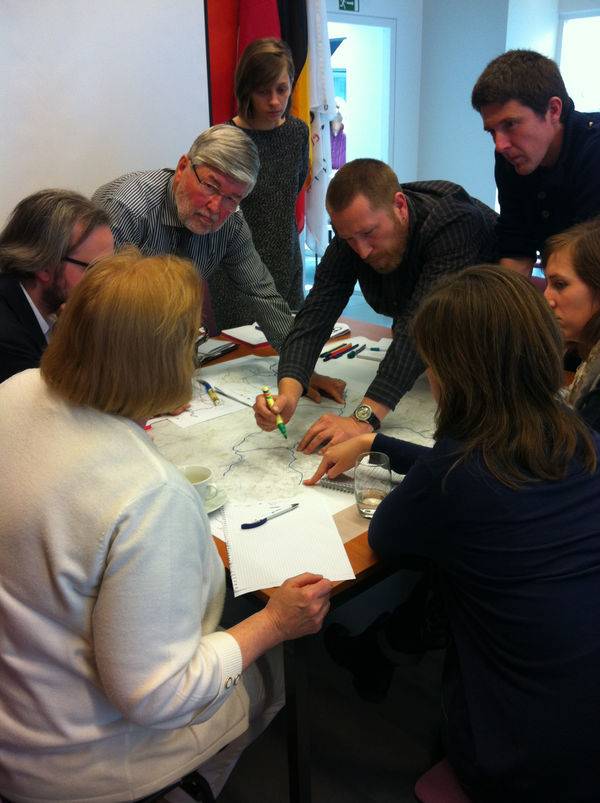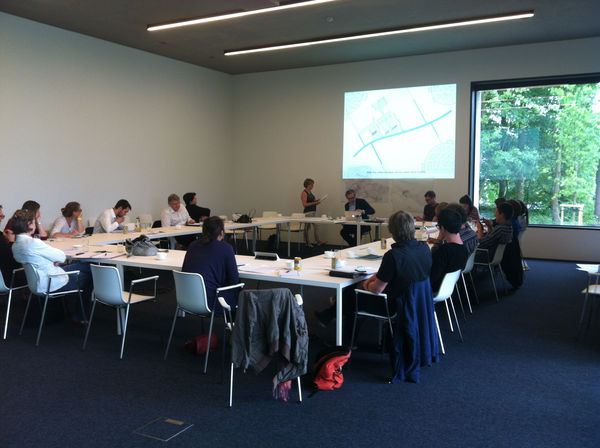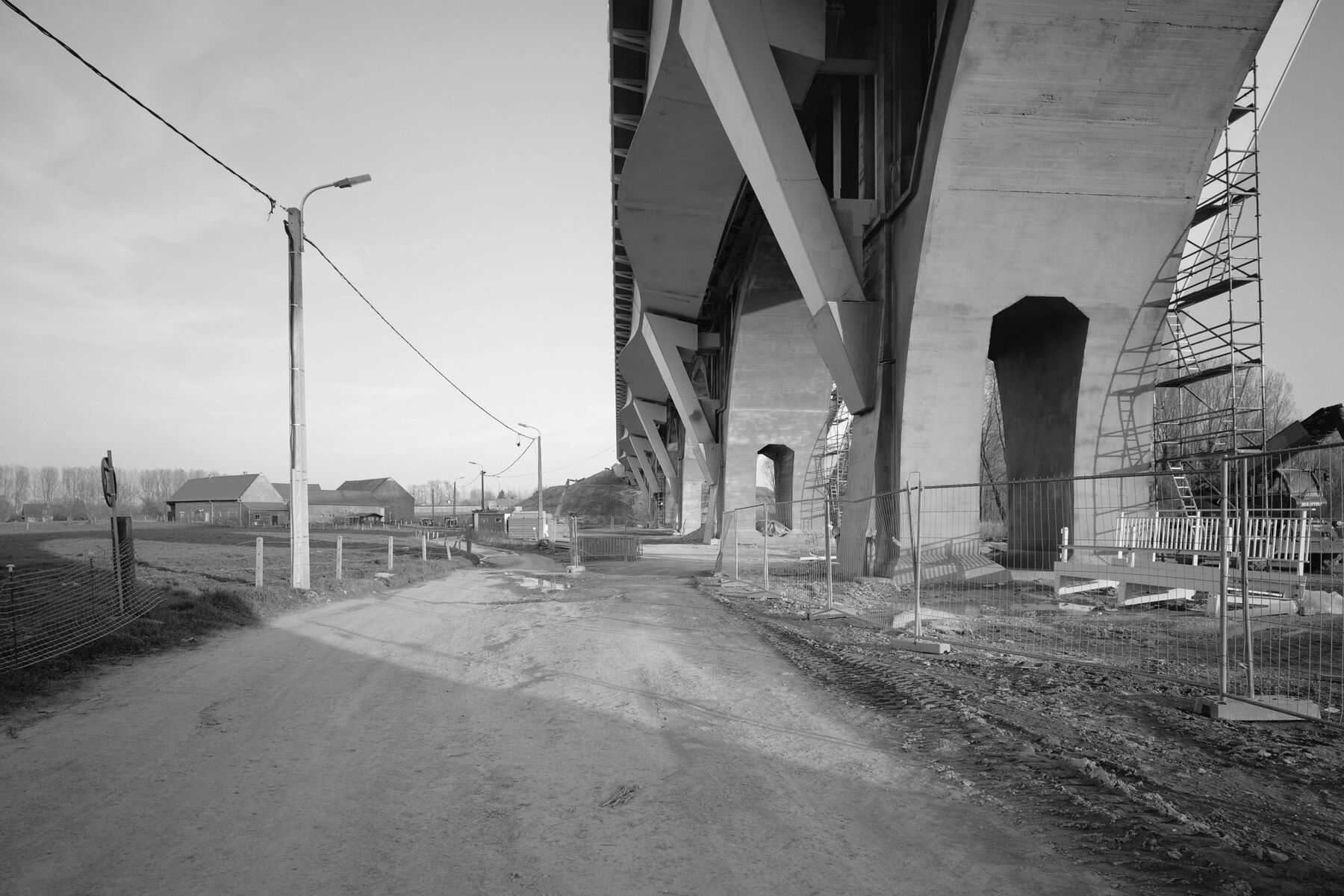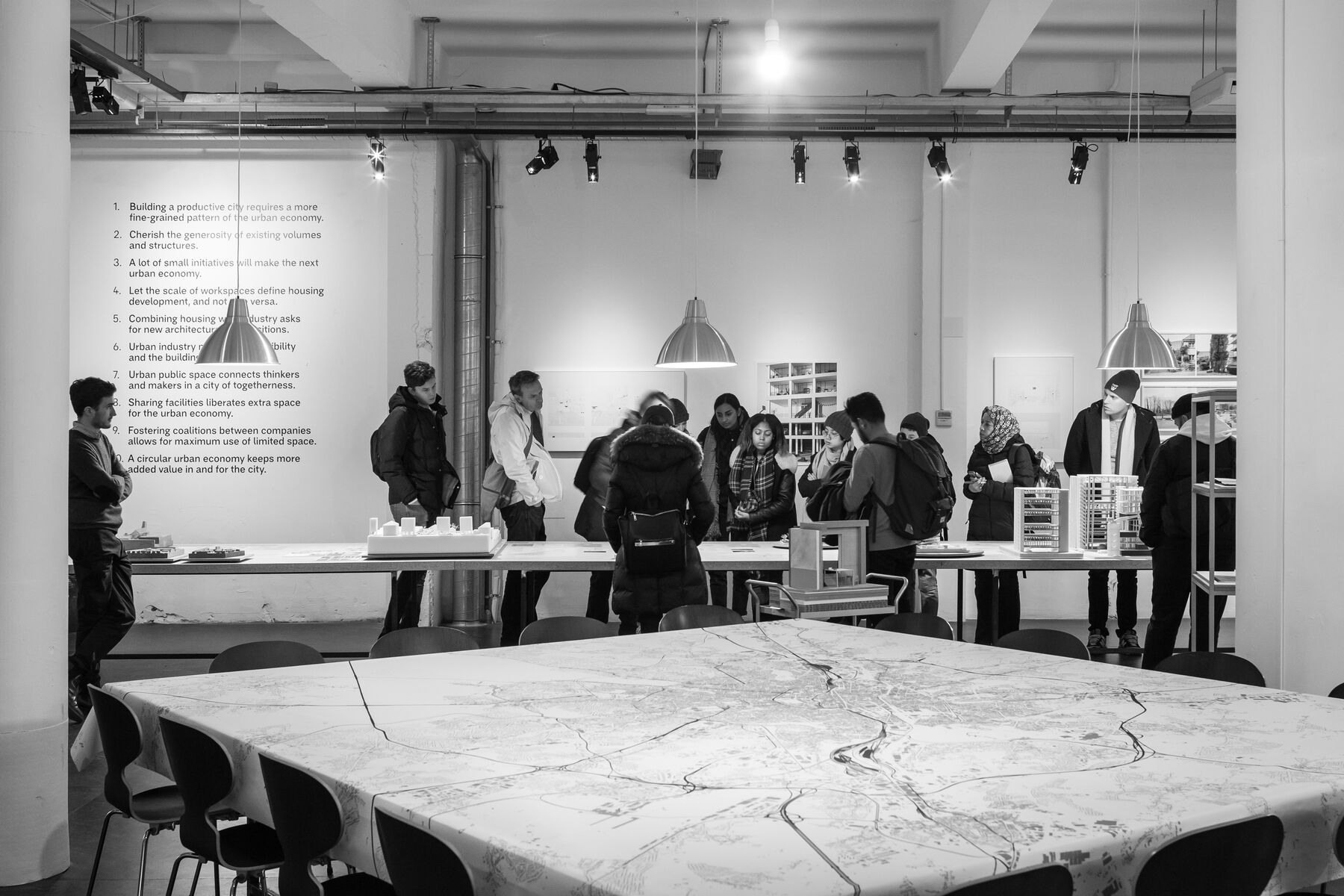Today, the Eurometropolis, the area with Lille, Kortrijk and Tournai as anchorage points, comprises parts of two countries and three regions. For centuries this area developed as a coherent scenic, urban and economic network, with the rivers and canals as its backbone. The cross-border collaboration within the Eurometropolis, picks up the thread of that shared history. Bundling strengths creates the critical mass to position the region nationally and internationally.
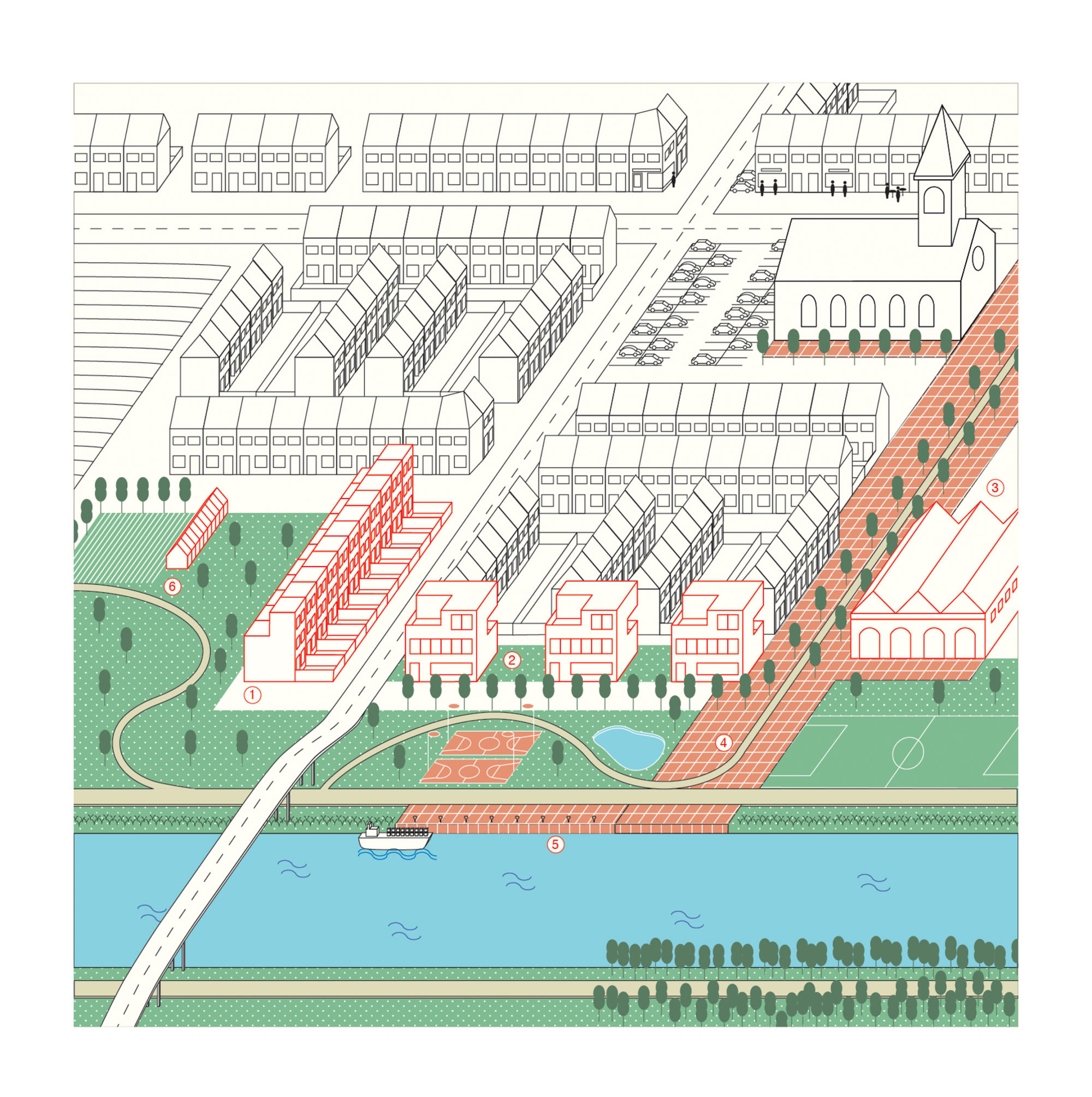
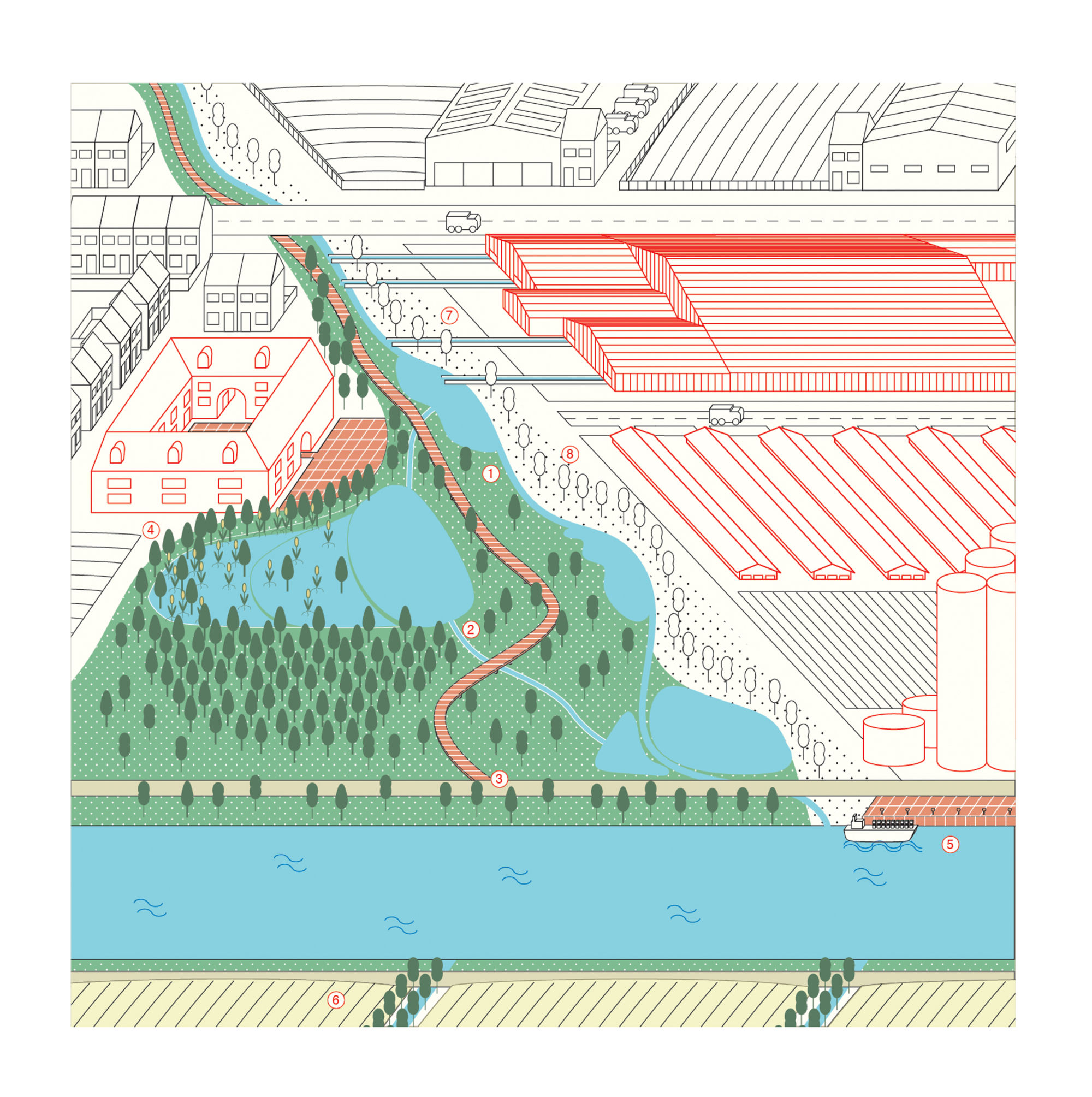
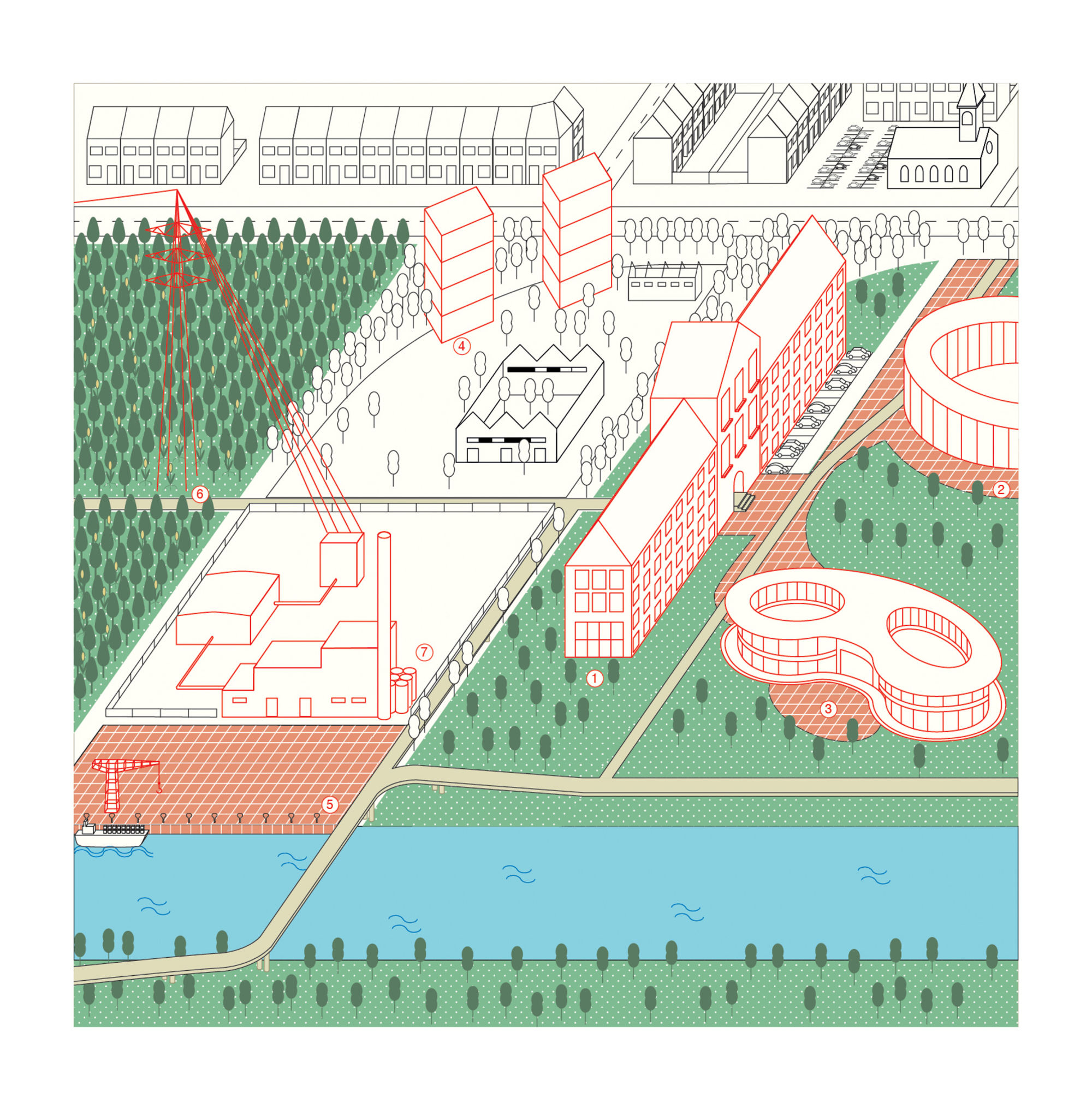
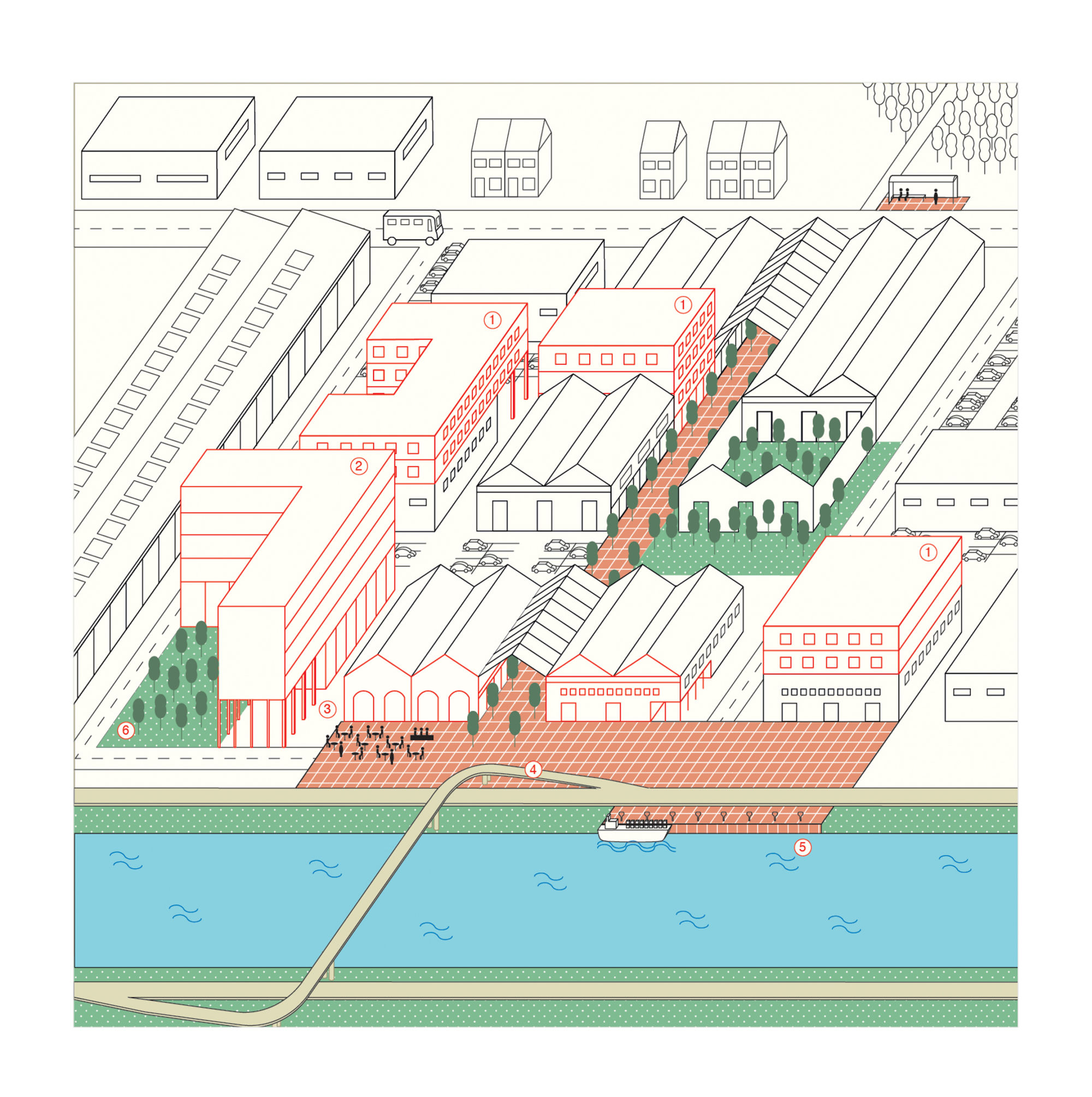

In the Eurometropolis Blue Space project Architecture Workroom Brussels examined the possibilities for a cross-border spatial project along the water network of the French-Belgian Eurometropolis. The idea was developed in 2014, and continues to build on the recommendations, insights and ideas resulting from the International Atelier Eurometropolis (spring 2013), and the Park of the Eurometropolis memorandum, written by Pierre Got, Karel Debaere and Oriol Clos (February 2014).
In the spring of 2014, the knowledge, ongoing projects and priorities were mapped out and potential directions for development were outlined during two ateliers involving urban planners and other experts from the region. This was followed by a series of shorter workshops and bilateral discussions with partners and actors. During the spring of 2014, the project was fine-tuned and honed using a series of presentations and discussions with the Blue-Green Commission, the Forum of the Eurometropolis. Throughout the process the project's development was led and supported by Atelier 2030. There was also regular consultation with the authors of the Park of the Eurometropolis memorandum.
The Eurometropolis faces a number of challenges and is undergoing several transformations specific to this cross-border region. The strong industrial tradition is coming under increasing pressure from retreating manufacturing. At the same time applied research and innovation are too weak in different parts of the Eurometropolis. This has an adverse impact on the region's appeal with regard to new companies and residents, resulting in brain drain. The fact that this region is characterised by highly dispersed development, with many hamlets, villages and city centres, is a weakness compared with the attractive cities in the wider area. An ambitious future project that is able to use the available space through lots of concrete initiatives, could provide a solution to the specific challenges and urgencies, and could – literally – make room for budding dynamics and the desired developments.
